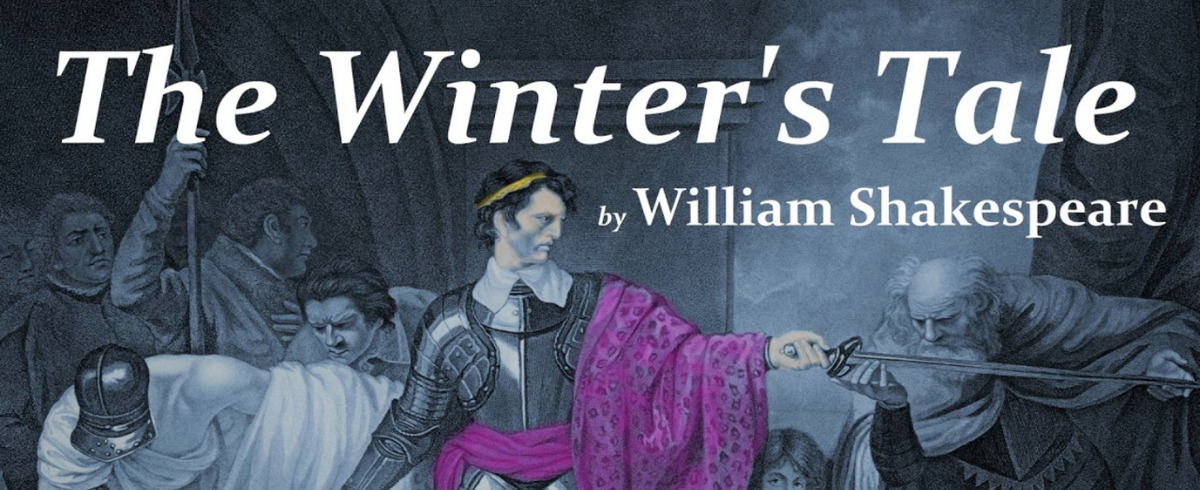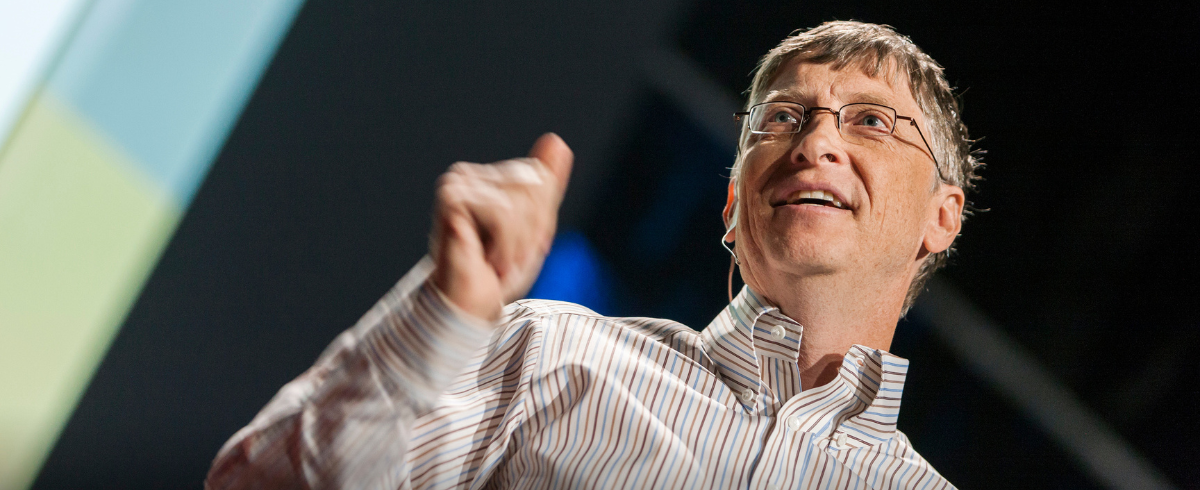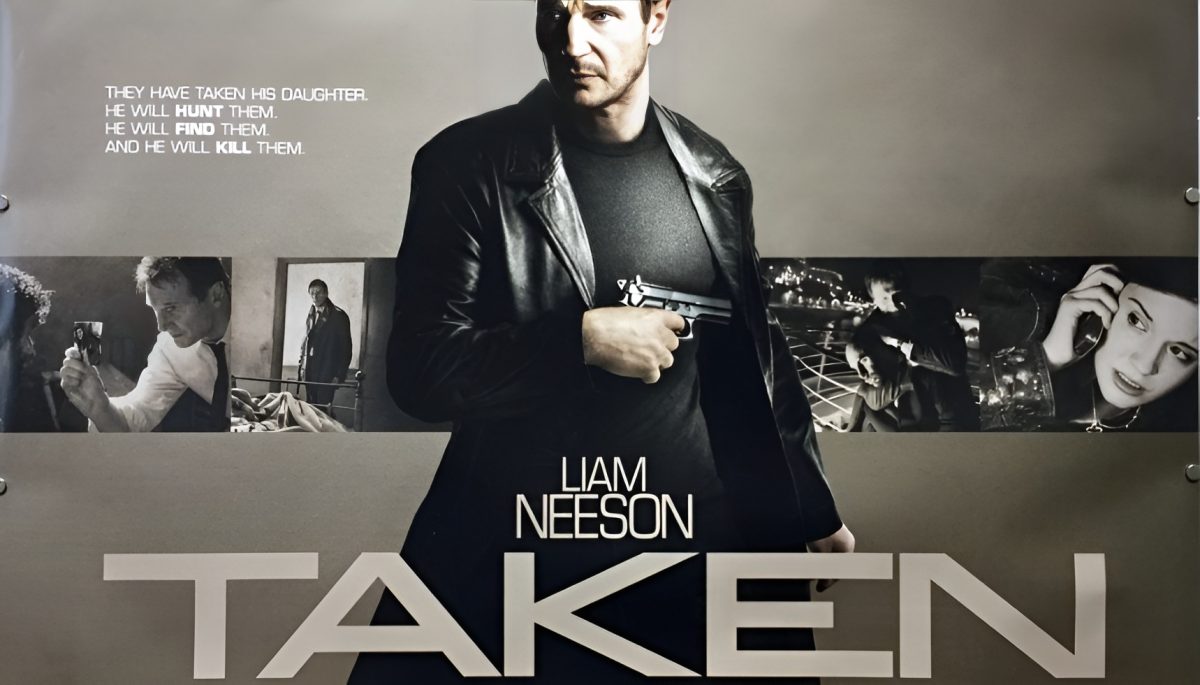I had the pleasure of being invited to a New Media dinner at Strauss Zelnick’s apartment in New York. It was a fantastic opportunity to reconnect with old Internet friends and to meet a slew of interesting characters. Jason Hirschhorn formerly from Sling Media was easily the funniest person in the room and made quite an impression with his stories, humor and impertinent yet astute commentary.
After the dinner, we all partook in a discussion on the future of media moderated by David Remnick from the New Yorker. The discussion ranged far and wide from Fred Wilson’s “There is no truth, I only want to read what the masses are thinking” to a few journalists from the New York Times and the Wall Street Journal vehemently defending the value of investigative journalism. Jason reminded us of the fantastic Epic video that emerged a few years ago where Google caused the demise of the New York Times which at the end became a newsletter for the elite.
There is no denying that the newspapers are under threat as they have never been before. They are facing increasing competition on the distribution side from the Internet while classified advertising and print advertising revenues are going away. Newspapers represent 3% of media consumption and 17% of advertising revenues while the Internet represents 20% of media consumption and 5% of advertising revenues. It’s not hard to imagine those shares of advertising revenues inversing.
Given the threat to the very existence of newspapers, many voices emerged defending the public value of the big brand newspapers, especially the New York Times, the Washington Post and the Wall Street Journal. While their best days may be behind them economically speaking, I am actually not worried about the survival of these newspapers. Their business model significantly worsened, but it does not mean they will go away. Airlines provide a nationally critical service.
The industry as a whole has not been profitable over its entire history, yet they manage to survive. The same will be true of newspapers, even if it takes a few billionaires subsidizing them during the transition period.
There definitely seems to be a market for well written and researched papers and magazines. The Economist is currently increasing its readership and the Wall Street Journal is doing relatively well. One could even argue that the demise of local papers will strengthen the large brands.
It’s hard to tell where the media world will end up 25 years in the future. As someone pointed out, 10 years ago AOL had half the Internet and Infoseek, Alta Vista, Lycos and Geocities were the talk of the town.
There is no doubt the transition will be painful, but I am convinced there is a market for well researched reporting and I can’t wait to see how it all pans out!




